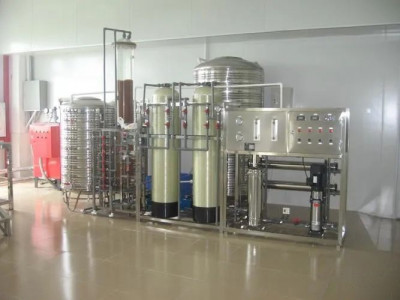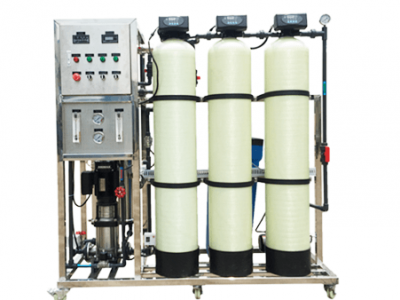O sal amaciador de água, também conhecido como agente regenerador de resina de troca iônica, desempenha um papel crítico nos sistemas de tratamento de água, especialmente no amaciamento de água dura. Composto principalmente por cloreto de sódio (NaCl), sua pureza normalmente atinge mais de 99,5%. O sal é geralmente formado em grânulos esféricos, tornando-o eficaz para processos de tratamento de água.
12 de dezembro de 2024
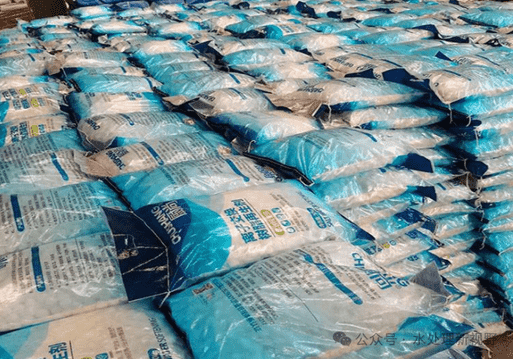
Princípio de funcionamento do sal amaciador de água
Existem muitos métodos de tratamento de água; entretanto, a tecnologia mais avançada e adequada para amaciamento de água é a troca iônica. O processo de amaciamento da água depende principalmente da resina de troca iônica que substitui os íons de cálcio e magnésio por íons de sódio. Quando a resina atinge a saturação, necessita de regeneração com solução salina.
Durante esse processo de regeneração, uma solução de salmoura é criada dissolvendo o sal em água, que é então usada para lavar o leito de resina, removendo efetivamente os íons de dureza acumulados. A salmoura gasta é posteriormente descarregada do sistema, o que significa que o sal é consumido durante esta operação de lavagem. Assim, a duração de um pacote de sal é em grande parte determinada pelas configurações de regeneração do sistema.
Muitos usuários relatam que a água descalcificada não parece “escorregadio.” Este problema pode surgir se as configurações de regeneração estiverem configuradas incorretamente. Nestes casos, é aconselhável contactar o serviço de apoio ao cliente para obter assistência na otimização do processo de regeneração.
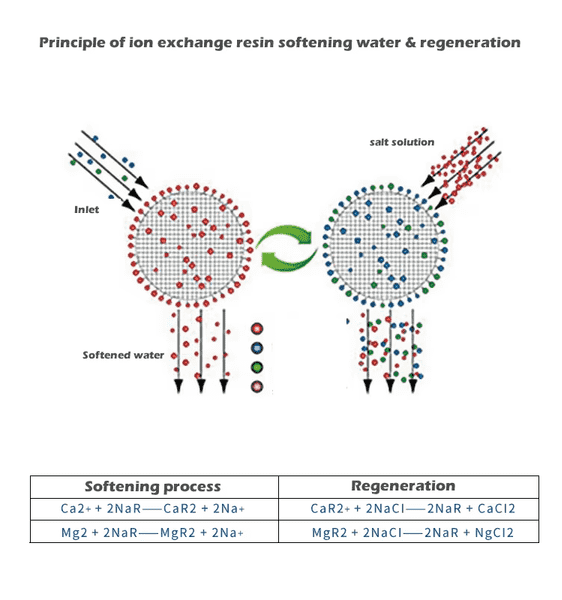
Importância do sal amaciador de água
O sal amaciador de água é essencial para manter a eficiência dos sistemas de amaciamento de água. Quando não há sal amaciador no sistema, a resina de troca iônica perderá gradualmente sua eficácia, levando à incapacidade de amaciar ou purificar a água adequadamente.
Características do sal amaciador de água
1. Alta Pureza: O teor de cloreto de sódio é superior a 99,5%, garantindo uma troca iônica eficaz.
2. Consistência na forma: A forma esférica ajuda a evitar a formação de pontes ou aglomerações, o que pode afetar a qualidade e a eficiência da água descalcificada.
3. Desempenho aprimorado: O sal pode incluir aditivos especiais que aumentam sua capacidade de remover íons de ferro, tornando-o seis vezes mais eficaz que o sal padrão.
4. Redução de incrustações: A presença de partículas duras e sedimentos pode levar ao acúmulo de incrustações, afetando o desempenho dos sistemas de abrandamento.
Benefícios da água amolecida
1. Melhor qualidade da água: A água amolecida tem uma textura mais suave e um maior teor de oxigênio, tornando-a ideal para a aquicultura.
2. Resíduos reduzidos: Evita a formação de depósitos minerais em instalações e tubulações, tornando-o essencial para hospitais, caldeiras e sistemas de aquecimento.
3. Melhor condição da pele e do cabelo: A água amolecida resulta em uma pele mais lisa e cabelos mais brilhantes, tornando-a um produto básico em salões de beleza.
4. Efeitos na roupa: As roupas lavadas em água descalcificada ficam mais fofas e brilhantes, ao mesmo tempo que reduzem o uso geral de detergentes químicos, o que é benéfico em residências e hotéis de luxo.
5. Segurança na água potável: O teor de cloreto de sódio do sal ultrapassa 99,1%, tornando-o seguro para uso doméstico.
É crucial observar que, embora o sal amaciador de água remova efetivamente os íons de cálcio e magnésio, ele não possui propriedades desinfetantes. Portanto, não é aconselhável consumir água diretamente do amaciante.
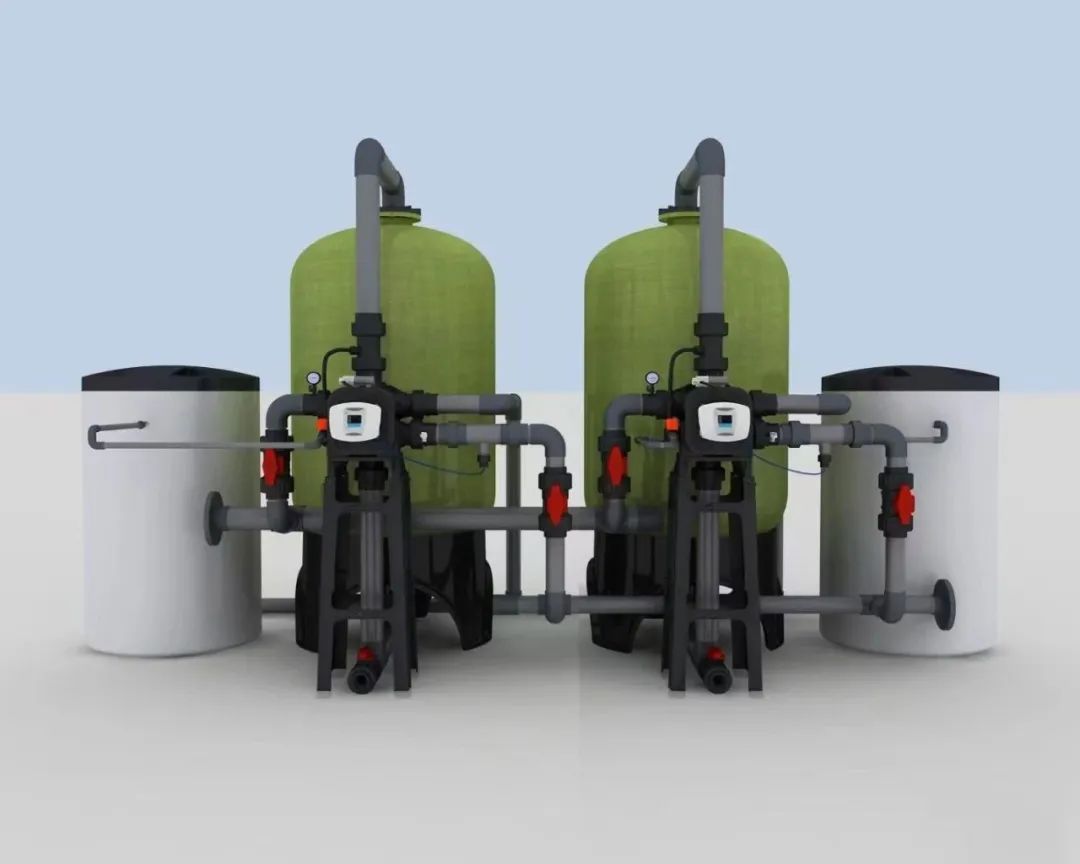
Parâmetros do sal amaciador de água
– Teor de cloreto de sódio: ≥ 99,50%
– Conteúdo de umidade: ≤ 1,0 g/100g
– Matéria insolúvel: ≤ 2,0 g/100g
– Especificações do produto: Φ16×16 mm
– Peso de cada pellet: 3,50 a 4,00 g
– Embalagem: embalagem PE
– Conteúdo por Pacote: 10 kg
Guia de uso para sistemas de amaciamento de água
Normalmente, a quantidade de sal necessária pode ser calculada com base no volume de resina, utilizando a fórmula: Volume de Resina (litros) * 160 = Necessidade de Sal (gramas). A concentração da solução regeneradora de cloreto de sódio varia de 5% a 12%. Por exemplo, com um volume de resina de 10 litros, a quantidade de sal recomendada para cada ciclo de regeneração seria 10 * 160 = 1600 gramas, ou 1,6 kg. Podem ser necessários ajustes dependendo da dureza da água que entra e da qualidade desejada da água que sai.
Cálculo do consumo de sal para regeneração de resina
– Concentração da solução regeneradora de NaCl: 5% a 12%
– Composição da solução regeneradora: A concentração da solução de salmoura é determinada pela vazão da água que entra no sistema de educação e pela proporção da solução salina saturada que é aspirada. Normalmente, as concentrações de cloreto de sódio para este processo devem estar entre 5% e 12 %. Uma pressão de entrada de água mais elevada leva a uma concentração mais elevada da solução de salmoura resultante.
Parâmetros Típicos para Regeneração
– Duração da retrolavagem: 10 minutos
– Tempo de regeneração: 30-50 minutos
– Tempo de enxágue: 10-20 minutos (controlado por um interruptor flutuante no tanque de sal)
Os usuários podem fazer pequenos ajustes nesses parâmetros para otimizar o desempenho com base em suas necessidades específicas.
Regenerando Quantidades de Sal
– O volume da solução regeneradora deve ser aproximadamente 2 a 3 vezes o volume de enchimento de resina.
– Para cada litro de resina, geralmente são necessárias as seguintes quantidades de sal:
– Consumo Mínimo: 2 vezes o volume na concentração de 5% = 100 gramas
– Consumo Máximo: 3 vezes o volume na concentração de 8% = 240 gramas
– Consumo Médio: 2 vezes o volume na concentração de 8% = 160 gramas
Usando o fluxo reverso para regeneração, aproximadamente 80-160 gramas de sal são consumidos para cada litro de resina, enquanto o fluxo direto pode exigir 160-240 gramas. As válvulas de controle automático atuais normalmente favorecem a regeneração do fluxo direto porque são menos propensas a mau funcionamento, embora possam exigir um pouco mais de sal.
Notas importantes para usuários
Os usuários devem prestar atenção especial a:
1. Concentração da solução de regeneração: Certifique-se de que esteja definida corretamente de acordo com as especificações.
2. Volume da solução regeneradora: Siga os valores calculados para evitar ineficiência.
3. Tempo de contato: A solução regeneradora deve entrar em contato com a resina por pelo menos 30 minutos para garantir uma regeneração eficaz. Muitos pequenos sistemas de amaciamento utilizam erroneamente um único volume de água salgada saturada, o que é inadequado para uma regeneração adequada.
Ao adicionar sal ao tanque de salmoura, é imprescindível o uso de sal grosso. Os grânulos maiores mantêm espaços suficientes para que a salmoura se dissolva eficazmente, o que pode faltar ao sal fino. Além disso, certifique-se sempre de que o nível de sal permanece acima do nível do líquido no tanque de salmoura para manter uma solução salina saturada.
O sal amaciador de água é um componente indispensável para manter a limpeza e a eficiência dos sistemas de amaciamento de água. A sua utilização adequada não só garante um fornecimento constante de água descalcificada, mas também melhora a qualidade geral da água, proporcionando inúmeros benefícios para aplicações domésticas e comerciais. Ao compreender os seus princípios, características e diretrizes de utilização, os utilizadores podem maximizar a eficácia dos seus sistemas de tratamento de água e desfrutar das vantagens significativas que a água descalcificada traz.
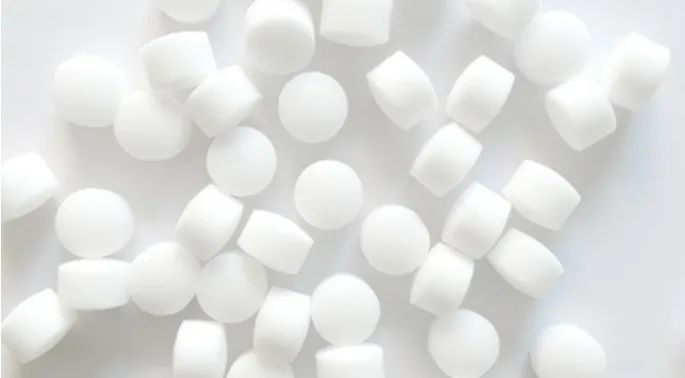
Como escolher o equipamento de tratamento de água pura certo para suas necessidades?
10 de novembro de 2025
How to Choose the Right Pure Water Treatment Equipment for Your Needs? (by ROAGUA – Professional Water Treatment Equipment Manufacturer, China)
Transforme água lamacenta em água limpa: purificador de água por ultrafiltração de aço inoxidável ROAGUA para a África
5 de novembro de 2025
Água limpa para todas as aldeias - Purificador de água de ultrafiltração em aço inoxidável ROAGUA construído para as difíceis condições de água da África
Como você seleciona o sistema RO 500LPH correto?
14 de outubro de 2025
compre o sistema RO 500LPH certo, leia este primeiro
